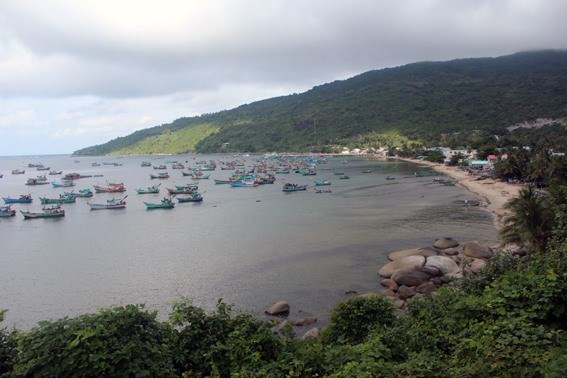



Lai Son island in Kien Giang province’s Kien Hai district
(Photo: tinhkiengiang.com)
The recognition aims to promote the
development of marine and coastal tourism, attract investment in the tourism
industry, and lure more tourists to the islands.
It is expected to enhance the preservation and protection of tourism resources
and the environment on the islands.
To be recognised as a local tourist zone, places must have an area of 200
hectares or more and be rich in tourism resources. Its tourism infrastructure
and services should be capable of serving at least 100,000 tourist arrivals
every year.
The People’s Committee ordered the provincial Department of Tourism and local
authorities to step up investment promotion and tourism development in the
three newly recognised tourist zones.
Printed materials such as brochures, flyers and leaflets will be issued to
provide information on the tourist zones.
The Nam Du Archipelago consists of 21 islands that stretch for an area of more
than 901 hectares in the two communes of An Son and Nam Du.
Lai Son Island, with an area of more than 1,082 hectares, is the biggest
island among the 23 islands in Kien Hai District.
The Hai Tac Archipelago, with an area of more than 251 hectares, consists of 18
islands.
Every year, hundreds of thousands of tourists visit the islands to explore
scenic beauty, pristine, white-sand beaches, dense tropical jungle, and fresh
seafood.
Kien Giang Province targets 7.1 million tourist arrivals this year,
up 16.8 percent compared to last year.
The province’s tourism revenue is projected to rise 28.8 percent year-on-year
to reach 5.9 trillion VND (259.34 million USD) this year.
In 2017, the province received more than 6 million tourists, including more
than 368,200 foreigners.
Phu Quoc Island, Nam Du Archipelago, Hai Tac Archipelago and Ba Lua
Archipelago attract thousands of tourists each year.
Source: VNA